ChandraX-rayObservatory
Latest
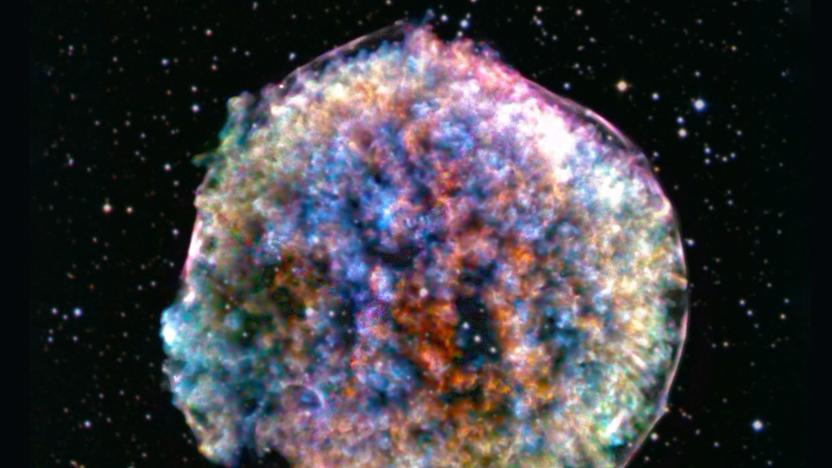
A star died violently and left behind this 'fluffy' ball
Stars die all the time, but the untimely passing of SN 1572, also known as Tycho's Supernova, is possibly the most famous. That's because it's relatively close to us in the Milky Way's Cassiopeia constellation, so when it exploded in the year 1572, it became the second-brightest object in the night sky for a time. It caught the eye of many astronomers of the day, but was named for Danish astronomer Tycho Brahe, who made the most accurate observations.
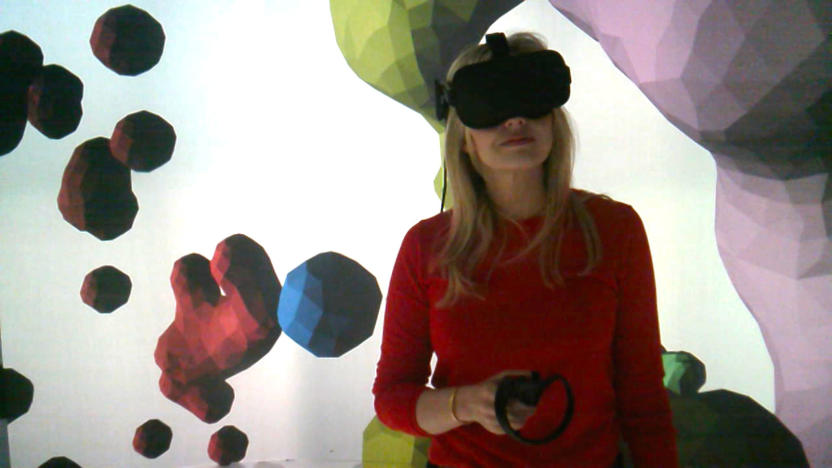
Scientists made a virtual supernova you can walk around
At 11,000 light-years away, it's safe to say you won't be able to visit Cassiopeia A even if private space corporations start selling seats to amateur spacefarers. Thanks to a team of scientists, though, you might be able to see the 300-year-old supernova remnant up close -- or even walk inside it. The team used data from NASA's Chandra X-ray Observatory, the Spitzer Space Telescope and ground-based facilities to create a 3D model of Cassiopeia A with VR and AR elements. You'll be able to walk into the model, engage with parts of the remnant and conjure up short captions on what you're seeing and "touching."

Astronomers just measured a whole lot more than gravitational waves
A couple of weeks ago, the LIGO (Laser Interferometer Gravitational-Wave Observatory) and Virgo teams announced the detection of another set of gravitational waves -- the fourth since LIGO's first detection in September of 2015. The observations of these ripples in spacetime are extraordinary in and of themselves, no matter how many times we record them. However, while the first three sets of gravitational waves recorded were by the two LIGO observatories, the fourth was also detected by a newly established third -- Virgo -- located in Italy. And having three detectors allows researchers to triangulate the source of those waves with extraordinary precision.
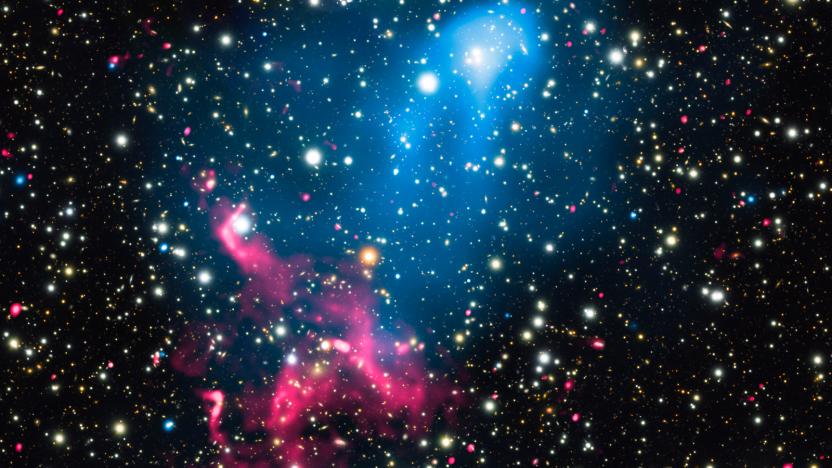
Scientists discover a cosmic-scale particle accelerator
Suddenly, even the Large Hadron Collider seems downright quaint. Researchers have found a combination of cosmic phenomena that's creating the universe's largest known particle accelerator. At least one supermassive black hole in a galaxy cluster has created a electromagnetic tunnel that's accelerating gas to high speeds, only for the gas to travel even faster as it interacts with shock waves from another cluster colliding with the first. The result is particles traveling at a significant portion of the speed of light -- no mean feat for anything that isn't, well, light.
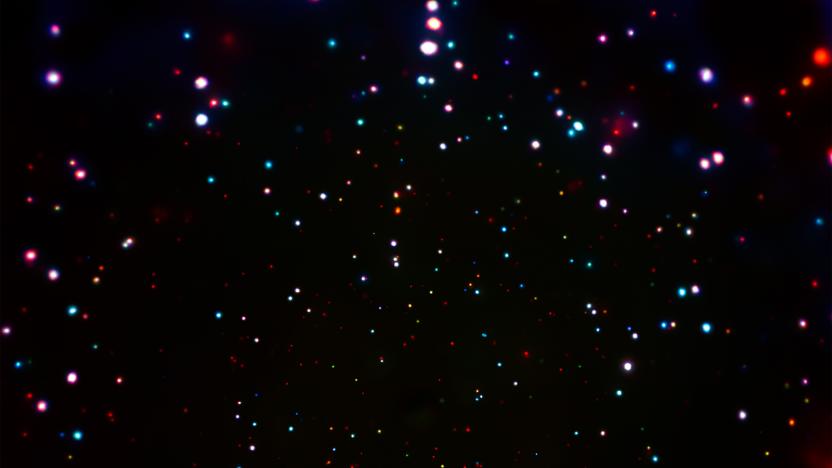
Deepest X-ray image to date uncovers a black hole bonanza
Believe it or not, that's not a star field you're looking at. Researchers have used NASA's Chandra X-ray Observatory to produce an X-ray image of space (the deepest-ever X-ray, in fact) that has uncovered an abundance of supermassive black holes -- they represent 70 percent of the objects in the picture above. Many of these holes would normally be undetectable, especially distant ones from the early universe, and it took 11.5 weeks of total observation time to spot them all. Think of it as a very, very long exposure photo, just for X-ray emissions.

Watch a 450-year-old supernova continue to bloom
Back in 1572, a white dwarf's explosion shone brightly on the sky. It was visible to the naked eye, and astronomers like Tycho Brahe were able to monitor the event despite not having the equipment we do today. We might have missed the chance to see what's now known as Tycho's supernova, but thanks to Chandra X-ray observatory's data, we can see its remnant continue to bloom almost 450 years later. A group of astronomers compiled Chandra's observations from the year 2000 to 2015 to create a video showing its ongoing expansion.
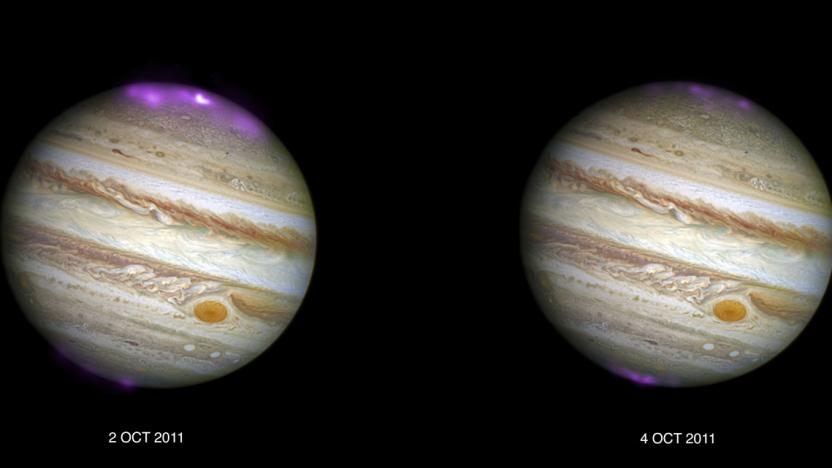
Solar storms trigger X-ray auroras on Jupiter
It's no secret that auroras are a common presence on other planets... however, you might be surprised by the ones you can't usually see. A new study using NASA's Chandra X-ray Observatory has caught solar storms creating X-ray auroras on Jupiter as they interacted with the gas giant's magnetosphere (that is, the space controlled by its magnetic field). They make Earth's northern lights seem downright quaint by comparison -- they cover areas larger than our entire home planet, and they're "hundreds of times" more energetic than what you see in the night sky.

Hungry, hungry black holes gobble up huge gas and dust donuts
According to a new study using NASA's Chandra X-ray Observatory, there's a breed of supermassive black holes out there a lot more ravenous than usual. Supermassive black holes are found in the middle of galaxies, measuring millions to billions of times the mass of our Sun. Some of them actively consume gas and dust, which form a "disc" around the mass -- as matter from that disc fall into the black hole, a jet of particles stream out, appearing as cloudy streaks. These are called quasar black holes, and they usually shine more brightly than the galaxy itself, since that disc radiates huge amounts of energy. The ones discovered by Bin Luo and his team of astronomers, however, "[dine] at enormous rates, at least five to ten times faster than typical quasars."



